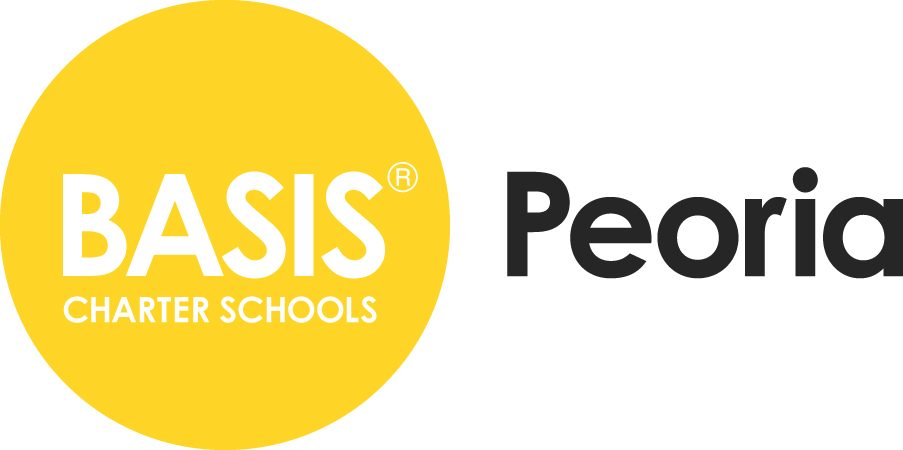Week 2 – Doing Research for IR Tracking
Yuvan S -
Hi everyone. This week has been all about research. Doing a project like this requires me to stay organized and divide the project into clear, separate goals to achieve.
The first thing I wanted to look into was designing a way to get accurate position estimates from the drones. The reason why this is important is that in order to connect the drones midflight, they need to know their own position in 3D space. Having the drones know their positions allows them to connect accurately. There are a lot of options for this.
The first option is using GPS. However, I was quickly dissuaded from using GPS. GPS has a few fundamental flaws that I’ve become aware of over the years. The first problem is the accuracy. GPS is fairly inaccurate unless you go up to very expensive modules. Since I’m a broke high schooler, I didn’t want to spend 1k+ dollars to gain 50 cm more precision than a module that costs 10 dollars. However, even that small 40 cm difference could mean the difference between a drone completely missing the other drone on connection. The second problem was that it only worked outdoors. It needs a clear view and a line of sight to the sky. Since there would need to be constant code adjustments over the entire day, working outside with a laptop would become bothersome.
Eventually, after looking through many other options like RTK (even more expensive), I came across the idea of trying to rig together my own motion capture system. From online research, it looks like I could get some decent accuracy. By having cheap cameras with their IR filters removed setup around my room, I could have them track an IR LED on a drone and map that to 3D space using some linear algebra. With that plan, I bought 5 cameras.
